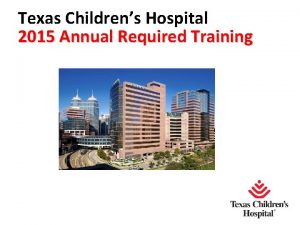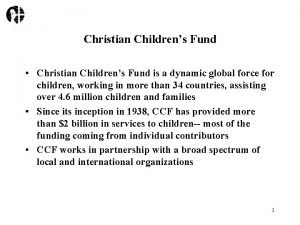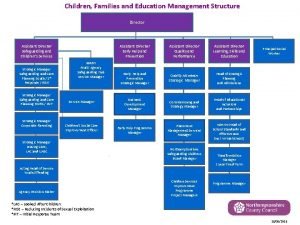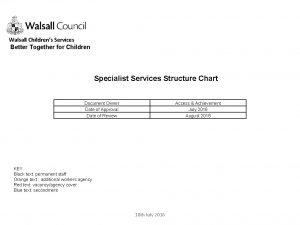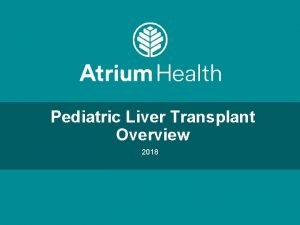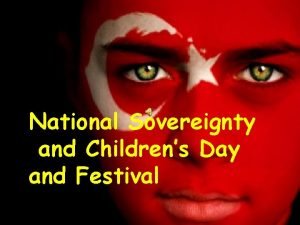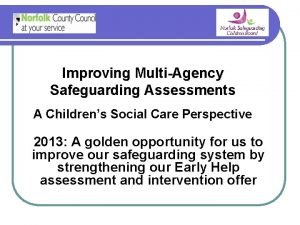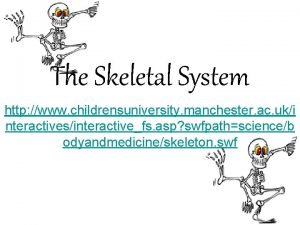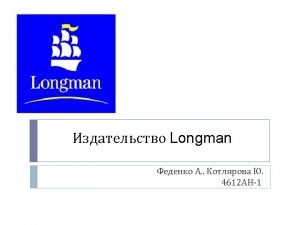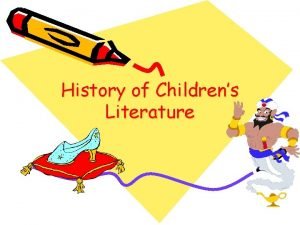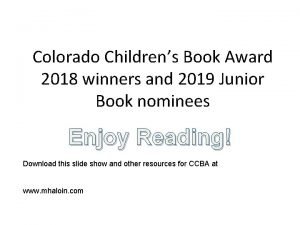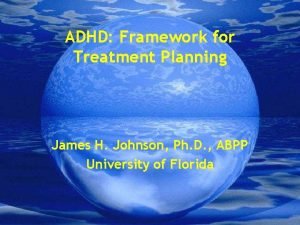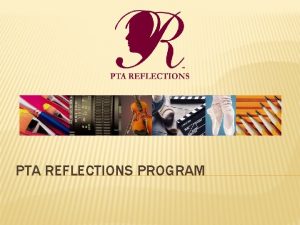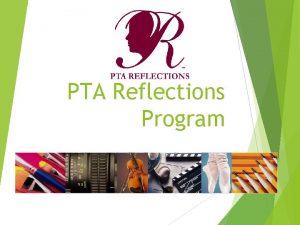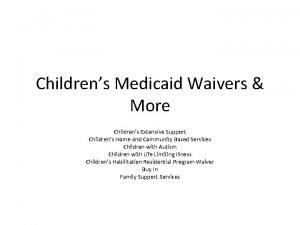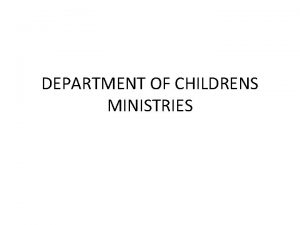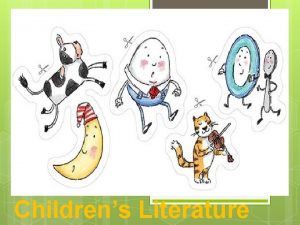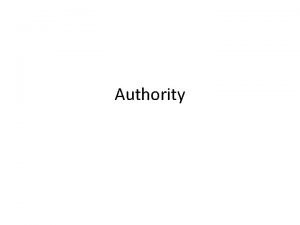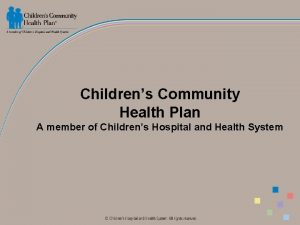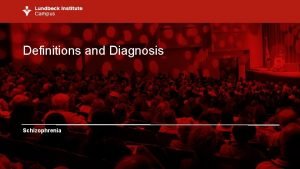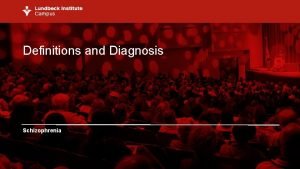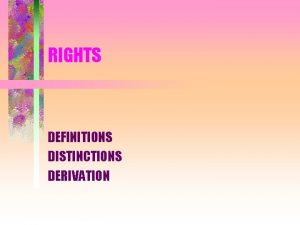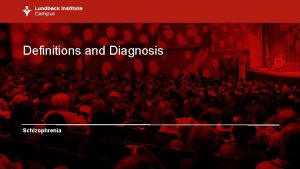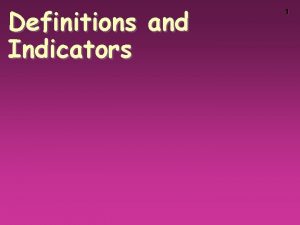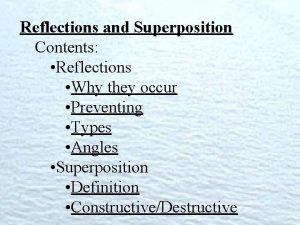Plan Childrens participation DEFINITIONS CONCEPTS REFLECTIONS Plan Definition

















- Slides: 17

Plan Children’s participation: DEFINITIONS, CONCEPTS, REFLECTIONS… © Plan

Definition… There is no universally accepted definition of 'children's participation'. In the broadest sense, boys and girls obviously participate in their families, their communities and their societies in different settings and in a very wide variety of ways… © Plan 2

Definition… • Participation is about having the opportunity to express a view, influencing decision-making and achieving change. • Children’s participation is an informed and willing involvement of all children, including the most marginalized and those of different ages and abilities, in any matter concerning them either directly or indirectly. • Children’s participation is a way of working and an essential principle that cuts across all programmes and takes place in all arenas – from homes to government, from local to international levels. © Plan 3

Child participation is: An informed and willing involvement of all children including those who are differently abled, in all matters concerning them either directly or indirectly © Plan 4

Working definition of participation: • “the process of sharing decisions which affect one’s life and the life of the community in which one lives”. • We include participation at the individual level (personal decisions about individual children’s lives) and at the collective level (public decisions that affect children as a group). • More narrowly…”children and young people thinking for themselves, expressing their views effectively, and interacting in a positive way with other people. • It means involving boys and girls in the decisions which affect their lives, the lives of their community and the larger society in which they live. © Plan 5

Right to be Heard … • “States Parties shall assure to the child who is capable of forming his or her own views the right to express those views freely in all matters affecting the child. . The views of the child being given due weight in accordance with the age and maturity of the child” (Art 12. 1) © Plan 6

“Places an obligation on Governments to ensure that children’s views are sought and considered on all matters that affect their lives. . individually, and collectively” © Plan 7

Also … • Article 13. . Freedom of expression • Article 14. . Freedom of thought, conscience and religion • Article 15 … Freedom of association • Article 17 … Access to information …bundled together as “participation” rights © Plan 8

© Plan 9

Children’s participation enables children to: • Belong • Be heard • Be important • Contribute • Get to know their problems and solve them • Participate in decision-making forums • Develop their potentials and talents • Be a continuing part of many solutions • Be organized for making collective efforts and Plan • Interact and build relations with other children and with adults. © 10

SOME COMMON MYTHS ABOUT CHILD PARTICIPATION… • CHILDREN (particularly the younger ones) LACK THE COMPETENCE OR EXPERIENCE TO PARTICIPATE… • CHILDREN MUST ACCEPT RESPONSIBILITIES BEFORE THEY CAN BE GRANTED RIGHTS… • CHILDREN’S PARTICIPATION IS NOT PART OF OUR TRADITIONAL CULTURE… © Plan 11

SOME COMMON MYTHS ABOUT CHILD PARTICIPATION… • GIVING CHILDREN PARTICIPATION RIGHTS TAKES AWAY THEIR CHILDHOOD… • CHILDREN’S PARTICIPATION WILL LEAD TO LACK OF RESPECT FOR PARENTS… • CHILDREN WHO PARTICIPATE ARE NOT REPRESENTATIVE… © Plan 12

SOME COMMON MYTHS ABOUT CHILD PARTICIPATION… • SOME CHILDREN BECOME PROFESSIONALIZED CHILD SPEAKERS… • IT IS DIFFICULT TO SUSTAIN CHILDREN’S PARTICIPATION… © Plan 13

…AND SOME RISKS: • CHILDREN CAN BE MANIPULATED BY ADULTS… • CHILDREN’S PARTICIPATION PUTS CHILDREN AT RISK… • CHILDREN MAY BE OVERBURDENED BY PARTICIPATION… • YOUNGER CHILDREN ARE MARGINALIZED IN CHILDREN’S PARTICIPATION… © Plan 14

GOOD PRACTICES IN CHILDREN’S PARTICIPATION • CP should be sincere and genuine, not tokenism • Children are not directly or indirectly forced, but willing to participate – they feel free to say ‘no’ to participation, and are not blamed for doing that • Children have self-confidence and know how to speak out and trust each other • Use of appealing methods to encourage or invite participation from children, for example participatory and child-to-child methods • Children have opportunities to enhance their knowledge and skills • Children and adults work together in solidarity and friendship at all levels, without barriers and/or discrimination © Plan 15

POOR PRACTICES IN CHILDREN’S PARTICIPATION • Opportunities are only limited to the same individuals or groups of children who always participate in workshops • Adults already have blueprints for children to work; adults tell children what not to do • Adults use children to uphold their own interests • Little follow-up on and monitoring of commitments and declarations made, while children’s problems get worse • No mechanism or process to ensure that children have enough information and have things to say when they are invited to meetings Plan • Ethical issues are ignored, for e. g. use of photos, names, © stories are used without consent from children 16

Partnership and participation • Adults and children need to build good partnerships, which go beyond asking children to make decisions or be involved. This includes the need for the children’s understanding the need to inform children about their rights and situations • Adults and children have a common vision: knowing what they want to work on together and what they want to achieve • All parties involved have a clear understanding of roles, duties and responsibilities of each stakeholder in the children’s participation process, including children, so that the vision can be realized © Plan 17
 Pengertian lrs
Pengertian lrs A set of interrelated concepts definitions and propositions
A set of interrelated concepts definitions and propositions Moli texas children's hospital
Moli texas children's hospital The christian childrens fund
The christian childrens fund Childrens services
Childrens services Childrens services walsall
Childrens services walsall Levine childrens
Levine childrens National sovereignty and childrens day
National sovereignty and childrens day Kirklees safeguarding childrens board
Kirklees safeguarding childrens board World book day quiz
World book day quiz The childrens university of manchester
The childrens university of manchester Childrens picture dictionary
Childrens picture dictionary Black childrens memorial
Black childrens memorial Baby fever chart
Baby fever chart History of childrens literature
History of childrens literature Colorado childrens book award
Colorado childrens book award Small business subcontracting is only evaluated
Small business subcontracting is only evaluated Treatment plan goals and objectives for adhd
Treatment plan goals and objectives for adhd


